iPhone 13 launch on September 14: Check the changing designs of all iPhones
Apple is scheduled to launch its much-touted iPhone 13 series which will have four models on September 14 at its “California Streaming" event.
Over the years, the iPhone’s design has evolved and it has become a trendsetter in coming up with new features, design, look and feel of the phone. Let's take a quick look at the changing designs of iPhones:
)
The iPhone 12 Pro is powered by an Apple A14 Bionic chipset, a new LiDAR Scanner for immersive augmented reality (AR) experiences and MagSafe.
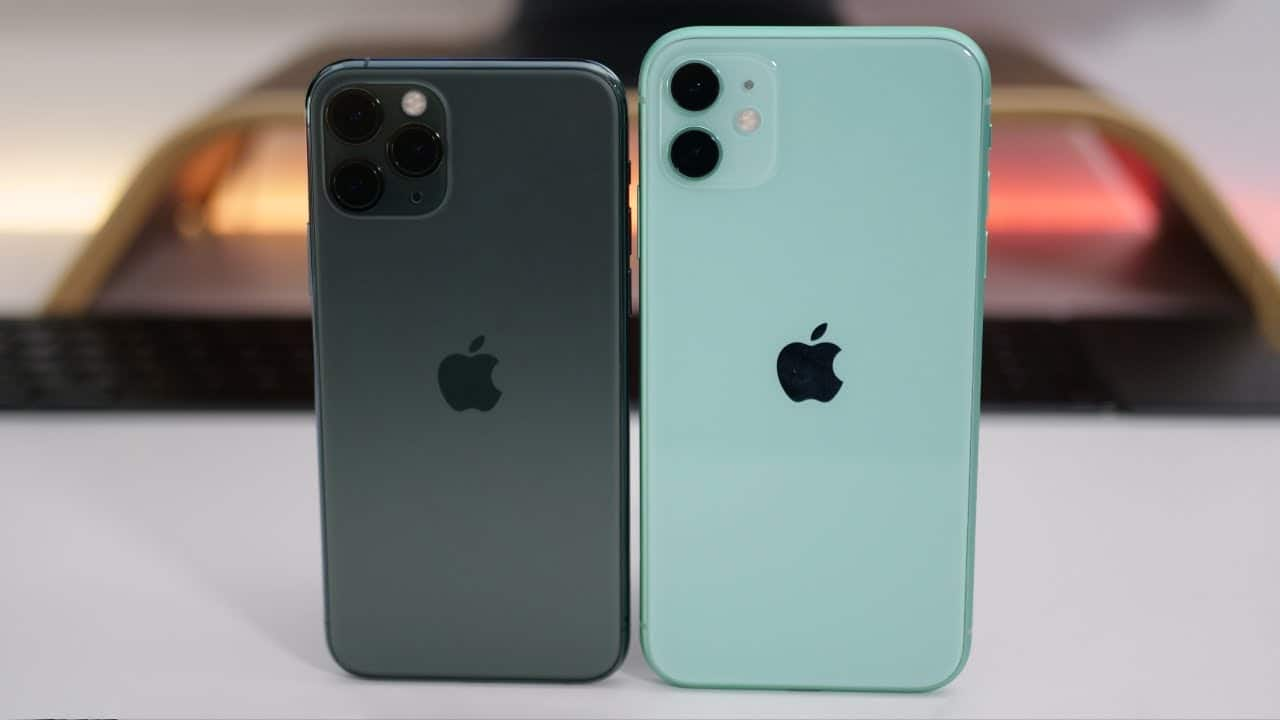
iPhone 11 Pro comes with a 5.80-inch touchscreen display and it is powered by a hexa-core Apple A13 Bionic processor. It comes with 4GB of RAM.
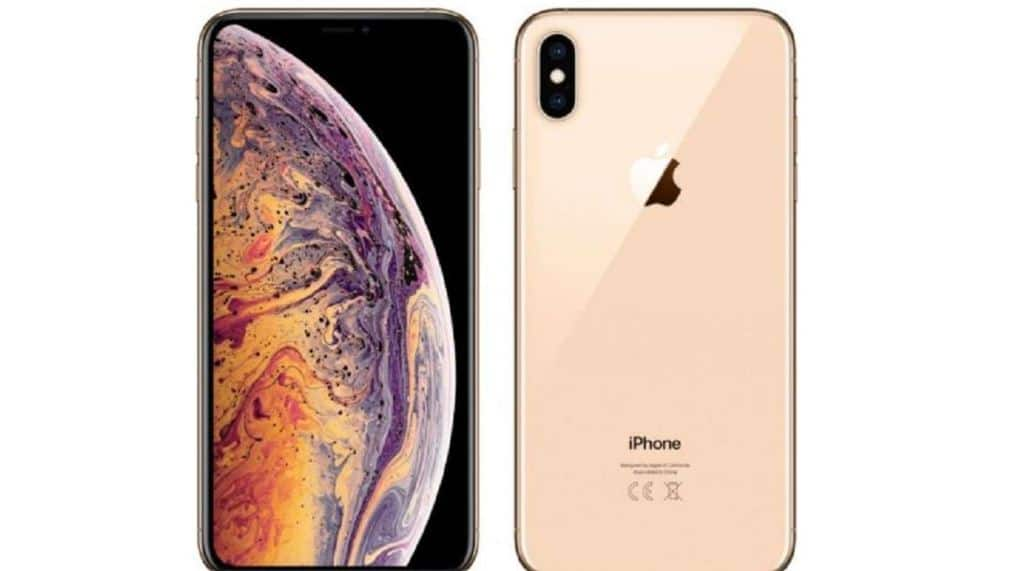
Apple iPhone XS Max mobile was launched in September 2018. It comes with a 6.50-inch touchscreen display and it is powered by a hexa-core Apple A12 Bionic processor. The Apple iPhone XS Max supports wireless charging.
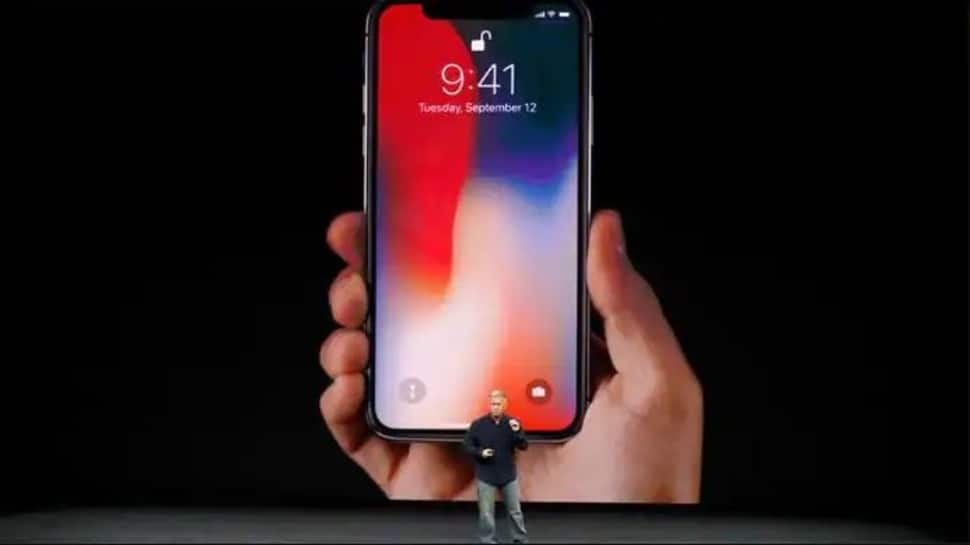
Apple iPhone X comes with A11 Bionic chip and support for wireless charging. It also comes with a 5.8-inch AMOLED panel and the front camera and 3D sensors that make Face ID recognition possible.
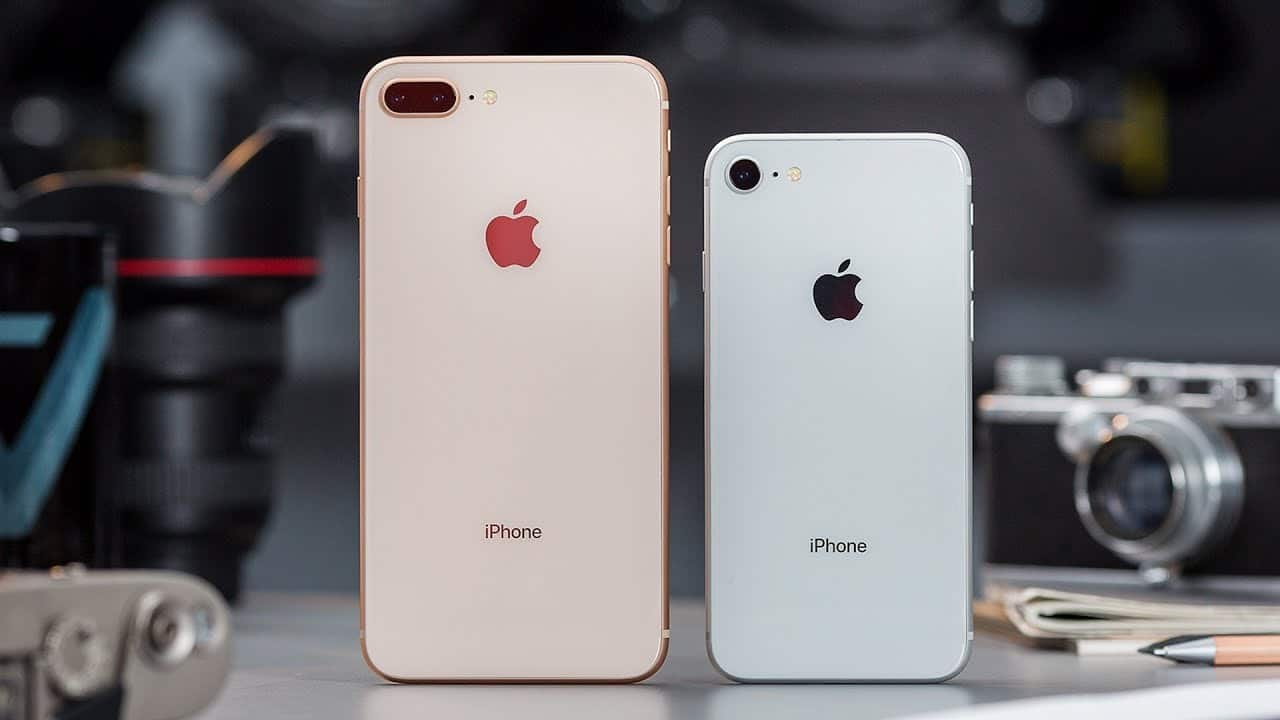
The iPhone 8 Plus comes with a secondary telephoto camera on the rear. It's powered by the same A11 Bionic processor as the iPhone X
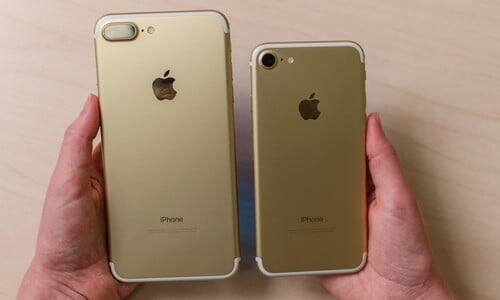
Apple iPhone 7 Plus mobile was launched in September 2016 and it comes with a 5.50-inch touchscreen display. The phone is powered by a quad-core Apple A10 Fusion processor. It comes with 3GB of RAM.
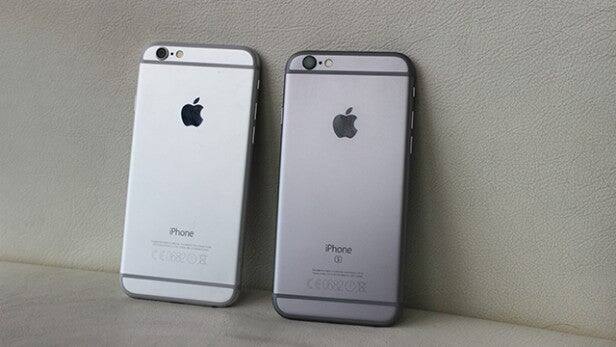
Apple iPhone 6s mobile was launched in September 2015. It is equipped with a 4.70-inch touchscreen display and the phone is powered by a 1.84GHz dual-core Apple A9 processor. It comes with 2GB of RAM.

Apple iPhone 5s mobile was launched in September 2013 and it features a 4.00-inch touchscreen display. It is powered by a 1.3GHz dual-core Apple A7 processor. It comes with 1GB of RAM.
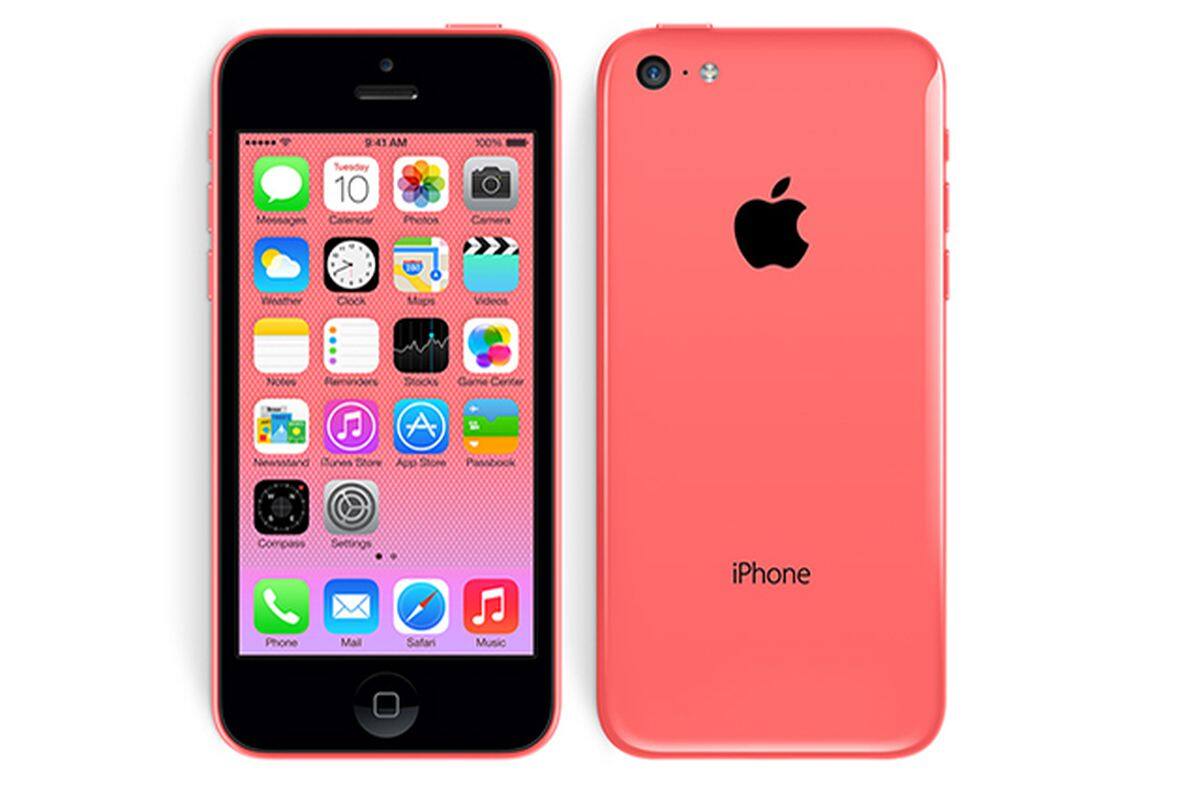
Apple iPhone 5c was launched with a 4-inch touchscreen display screen and it is powered by a 1.3GHz dual-core Apple A6 processor. It had 1GB of RAM.
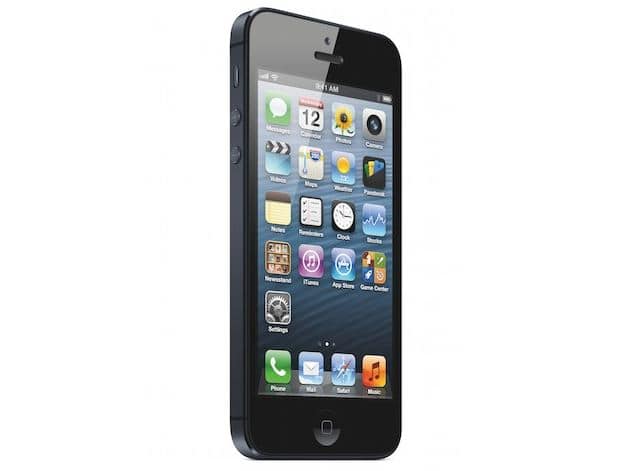
Apple iPhone 5 was launched with a 4-inch screen and it is powered by a 1.3GHz dual-core Apple A6 processor. It had 1GB of RAM.
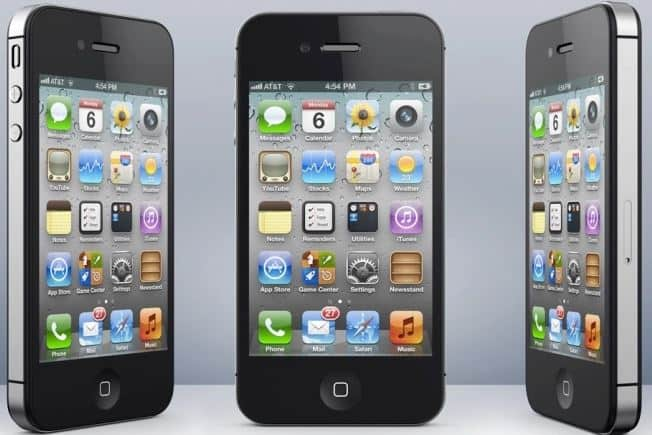
iPhone 4, or the 4S had upgrades such as Apple A5 chipset, and an 8-megapixel camera with 1080p video recording.
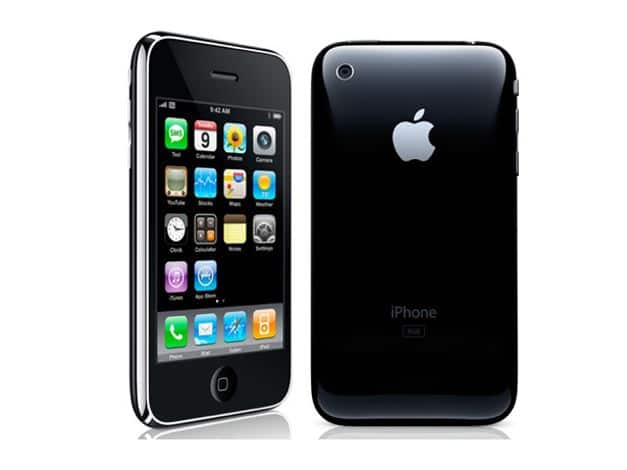
The iPhone 3G had features, such as GPS, 3G data and tri-band UMTS/HSDPA. The device was originally loaded with the concurrently launched iPhone OS 2.0.
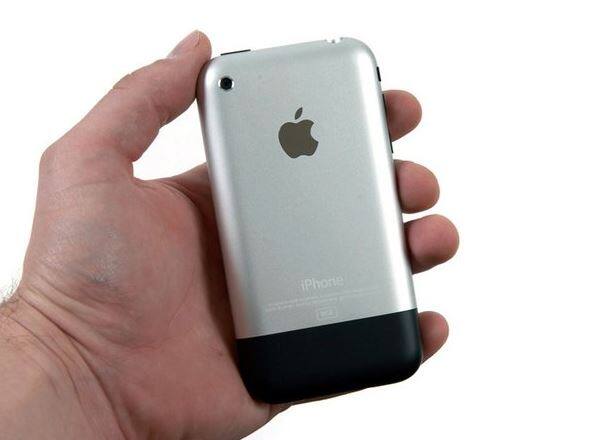
iPhone 1 had features like quad-band GSM cellular connectivity with GPRS and EDGE support for data transfer and made use of continuous internet access and onboard processing to support features unrelated to voice communication.

